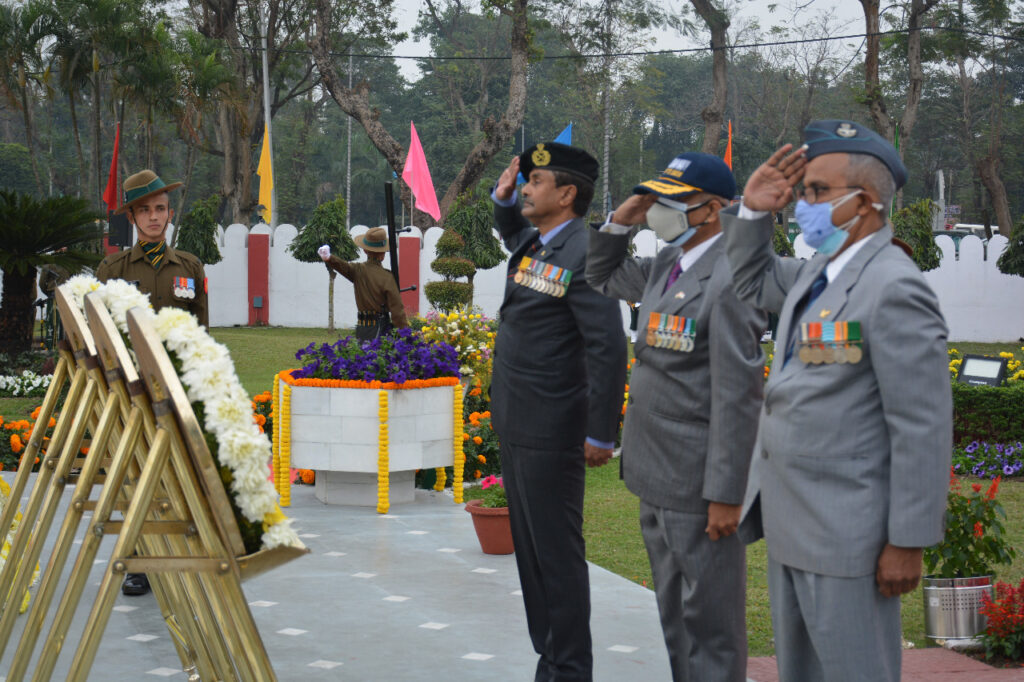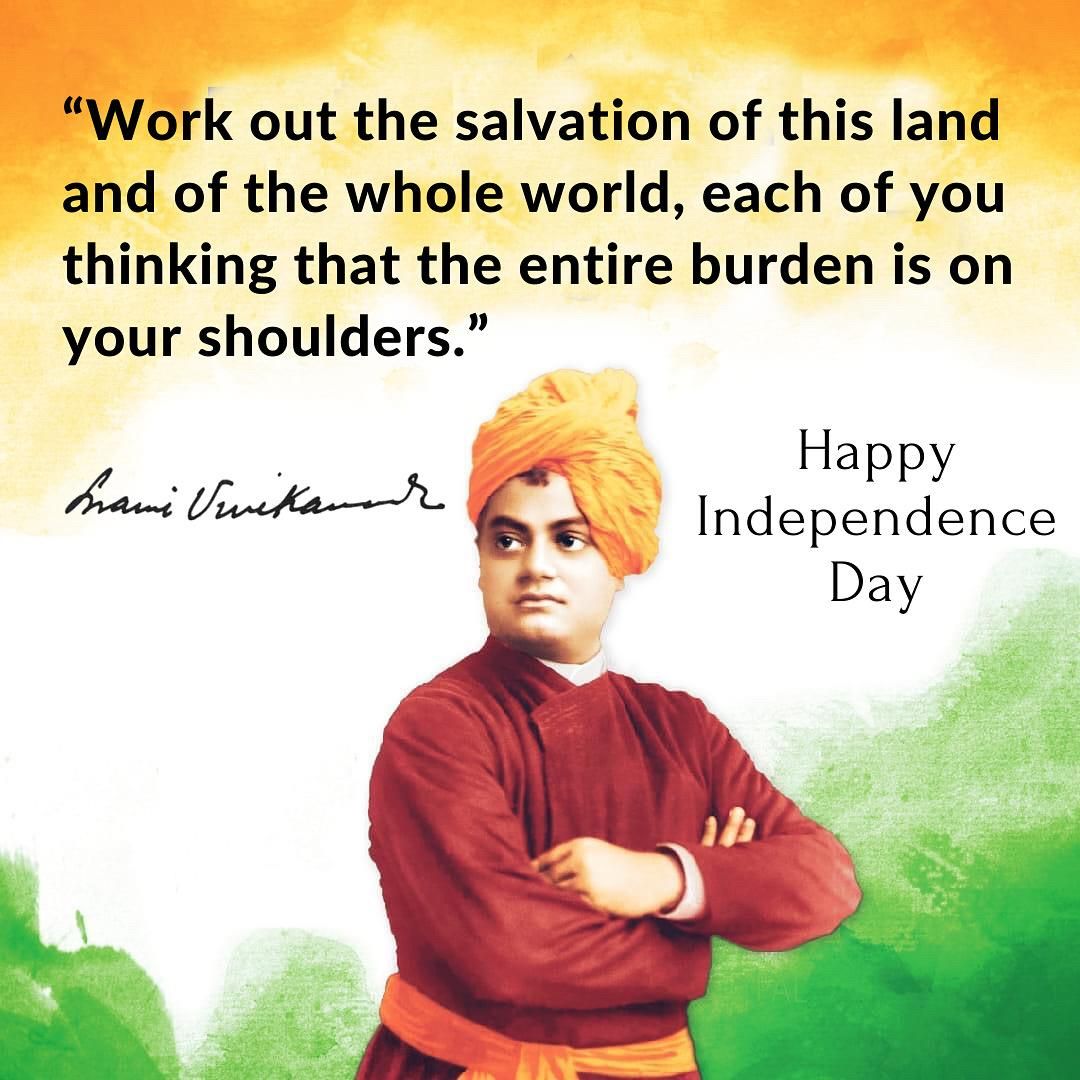Search Post
Categories
Recent Posts
- test 09/10/2024
- test 09/10/2024
- “Pass Away Besten Boni 202 09/10/2024
- Starburst Kostenlos zum besten geben Free Demo bloß Registration 08/10/2024
- Gut 18 000 kostenlose Angeschlossen Casinospiele Casino Wissender 08/10/2024
-
Frogman says:Sir, you have hit the nail’s head! A thoughtful article. Totally...
-
Chanchal Chakraborti says:
-
Biswajit Dasgupta says:
-
Surendra Gochke says:
-
monish row says:
















